A glossy black bird with an off-white breast band and a stunning red patch on the forehead.
Meet the White-mantled Barbet
The white-mantled barbet (Capito hypoleucus) is the white-mantled barbet is perhaps the largest of the New World barbets, rivaled only by the scarlet-banded barbet. With an average length of 19 cm (7.5 in), males weigh an average of 74.6 g (2.63 oz) and 67.4 g (2.38 oz). The bird has black upperparts with narrow pale lines on the nape and scapulars. These lines are not easy to see because the bird is mostly observed higher up in the canopy of tall trees. The forehead and crown are red. This bird’s underparts are white with a slight yellowish wash and a flush of cinnamon on the breast.
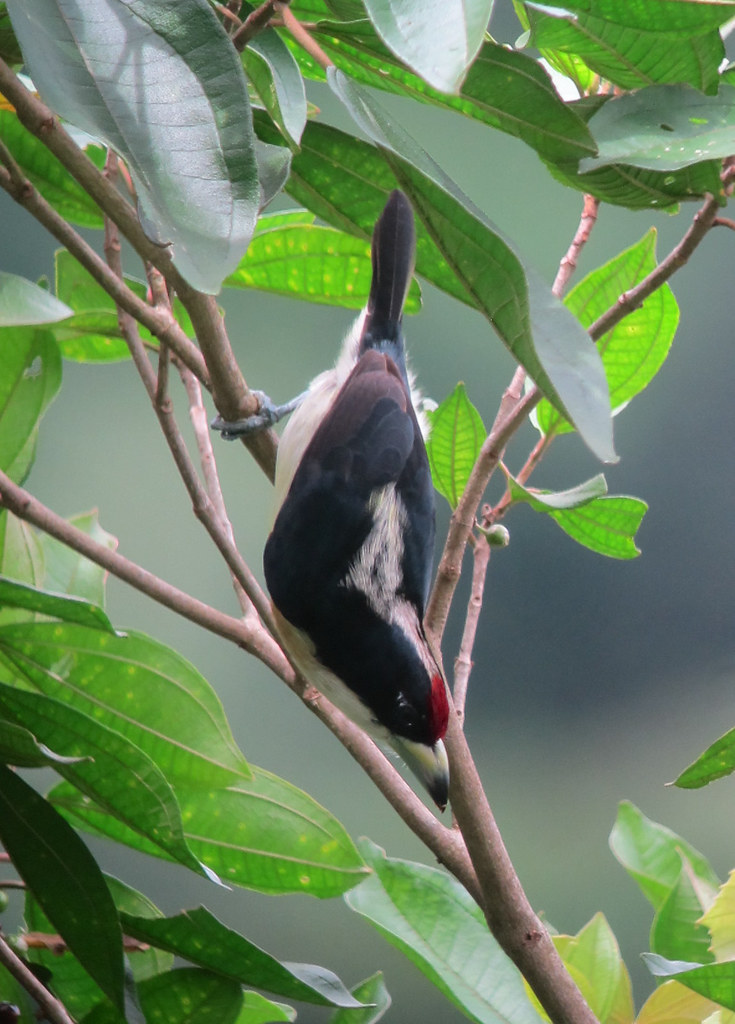

Photo Courtesy of felixú / CC BY-SA 2.0
The eyes are red, the large, chunky bill is yellowish, and the legs and feet are greenish-grey.
Females and males look similar though females have a black spot at the base of the lower mandible.
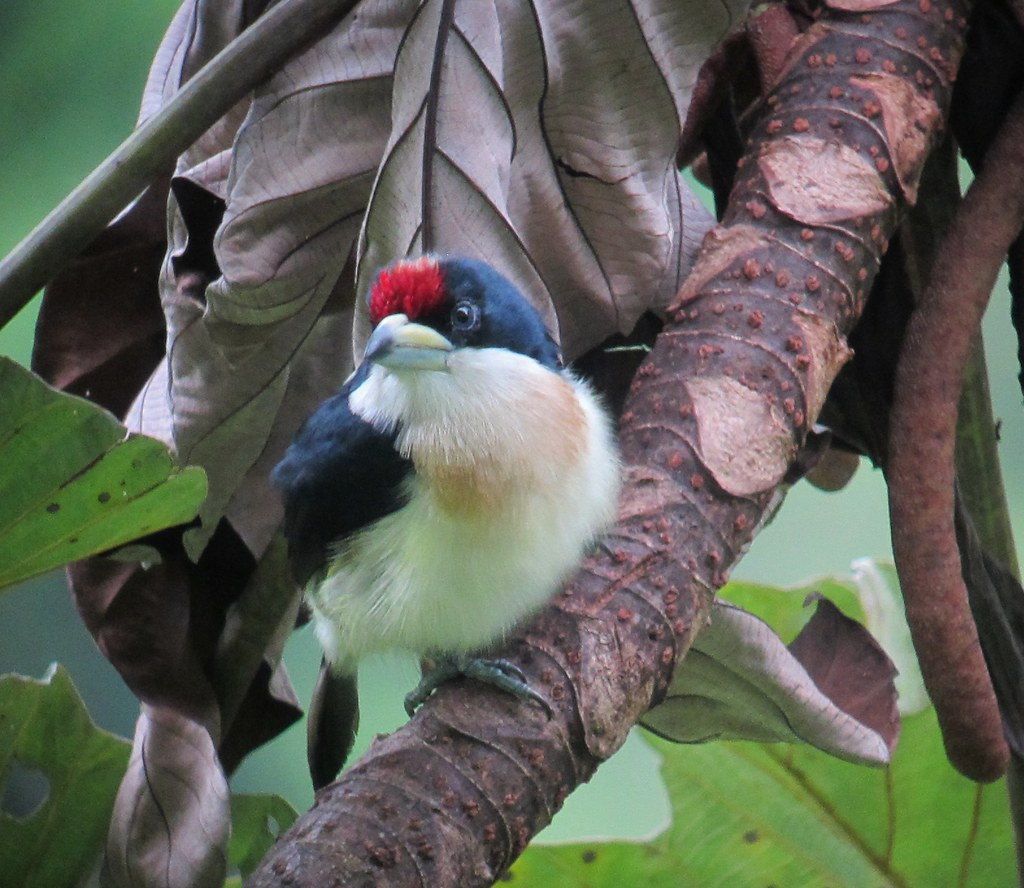

Photo Courtesy of felixú / CC BY-SA 2.0
This bird can be found in and is endemic to Colombia in the Middle Magdalena Valley at altitudes between 200 and 1,800 m (660 and 5,910 ft).
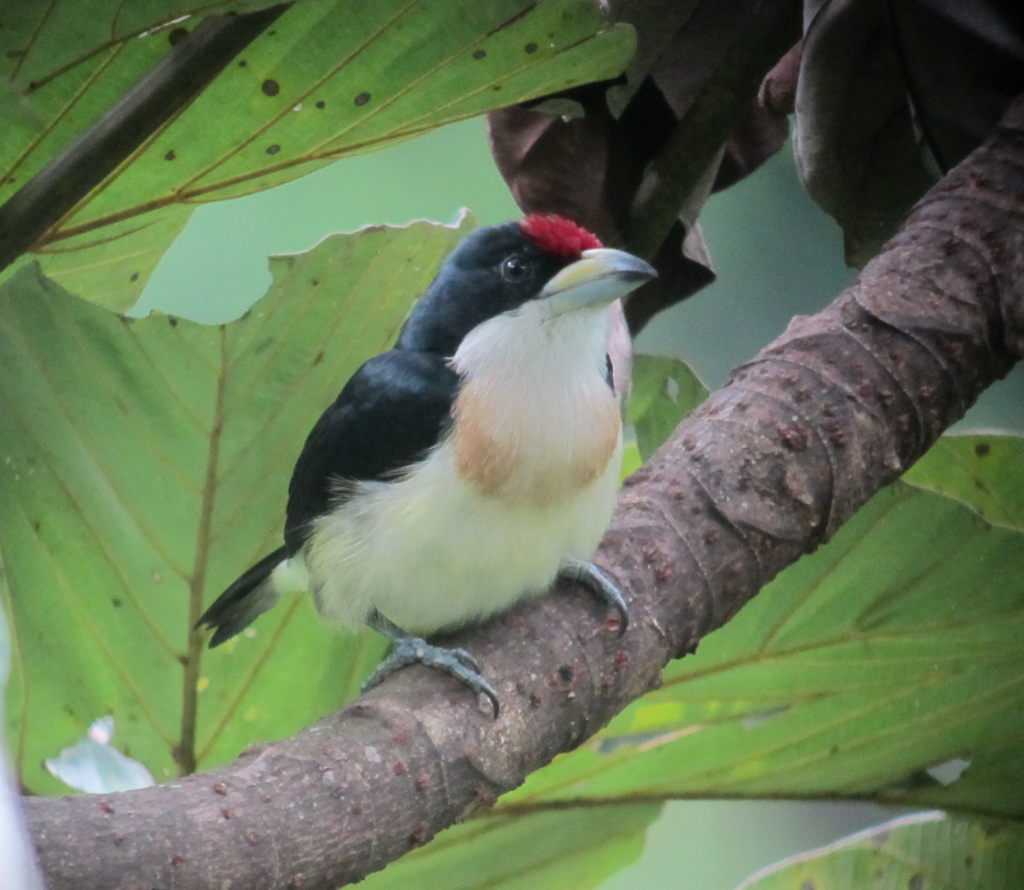

Photo Courtesy of felixú / CC BY-SA 2.0
The White-manteled barbet prefers to live in the tropical zone, inhabiting humid forests on montane slopes, and or forest patches with a mosaic of pastures, secondary forests, and plantations mixed with fruiting trees.
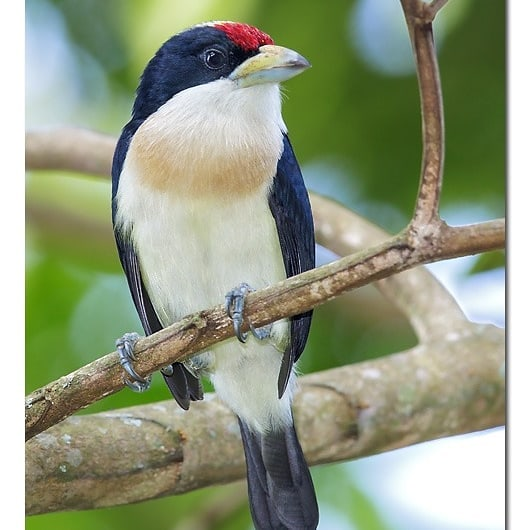

Mostly solitary birds the White-manteled barbet eat a variety of fruits, including figs. They will also visit plantations and feed on cultivated fruit and vegetables. Fruit is eaten whole and indigestible material such as seed pits is regurgitated later. They are believed to be important agents in seed dispersal. In addition to fruit, they also eat a wide range of insects are taken, including ants, cicadas, dragonflies, crickets, locusts, beetles, moths, and mantids, as well as scorpions, and centipedes. If given the chance they may also feed on lizards, frogs, and geckos.
![Torito Dorsiblanco/White-mantled Barbet/Capito hypoleucus [e] – Birds Colombia](https://ilovecutecatss.com/wp-content/uploads/2024/08/1694621717_630_Wearing-A-Carefully-Crafted-Suit-Of-White-And-Black-His.jpg)
![Torito Dorsiblanco/White-mantled Barbet/Capito hypoleucus [e] – Birds Colombia](https://ilovecutecatss.com/wp-content/uploads/2024/08/1694621717_630_Wearing-A-Carefully-Crafted-Suit-Of-White-And-Black-His.jpg)
These birds typically nest in tree cavities. The hen usually lays between 2 to 4 eggs that are incubated for 13 – 15 days. Nesting duties are shared by both parents.
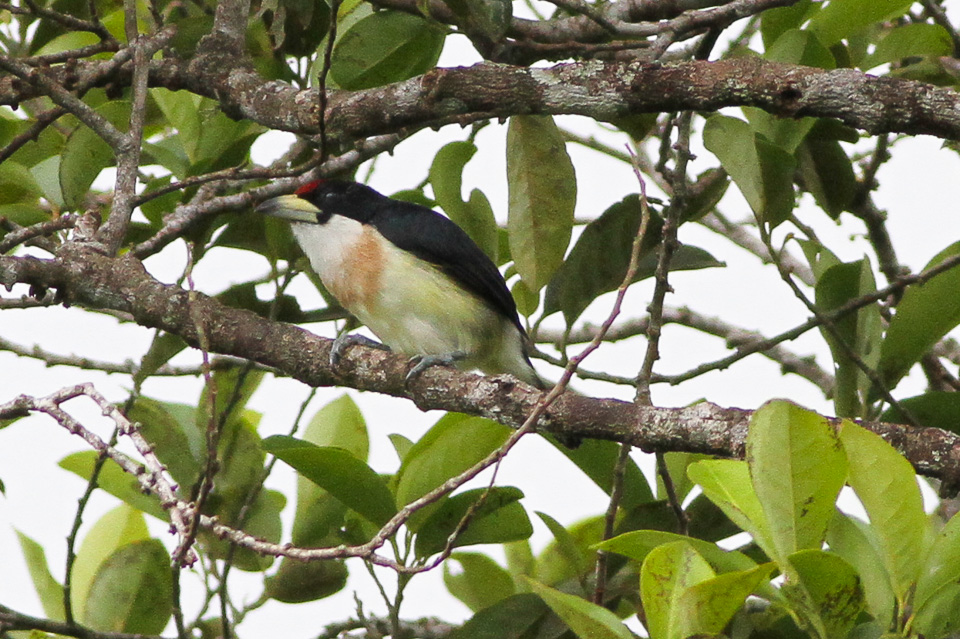

Photo Courtesy Ron Knight / CC BY 2.0
The white-mantled barbet population is declining, primarily due to habitat loss. The IUCN Red List classifies the species as vulnerable.
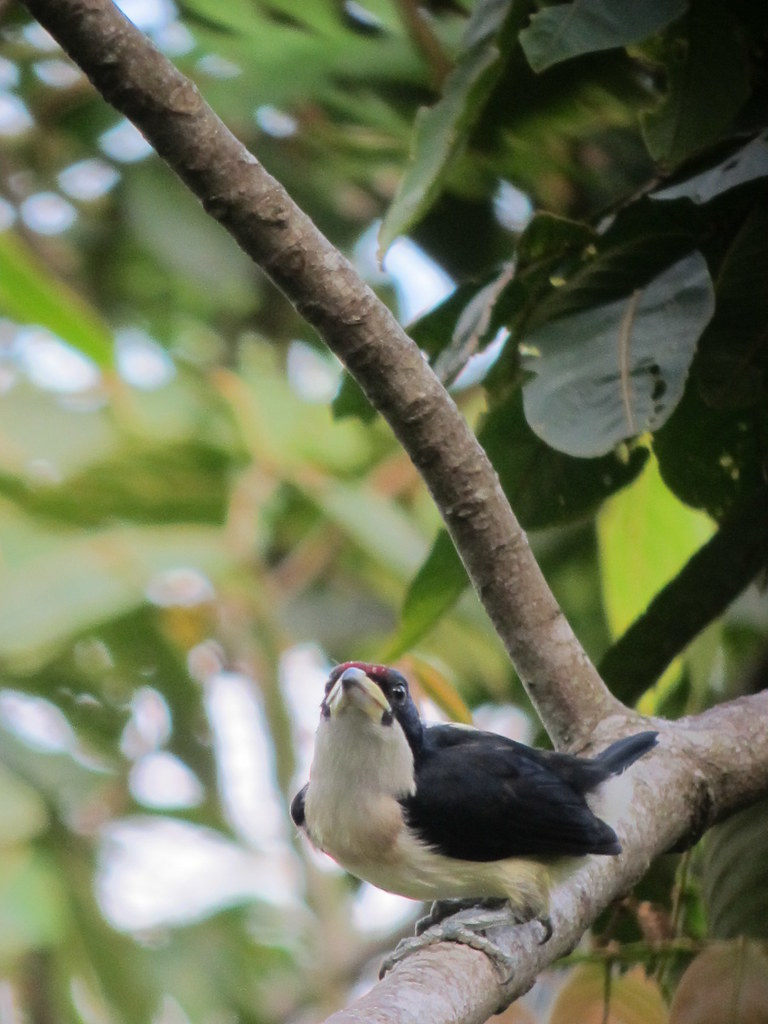

Photo Courtesy of felixú / CC BY-SA 2.0
You can watch this bird right here in the video below:




